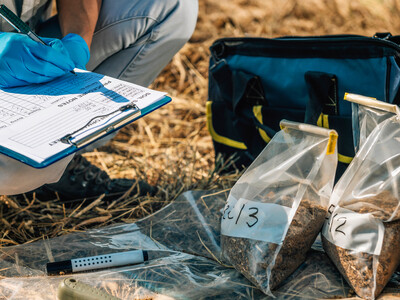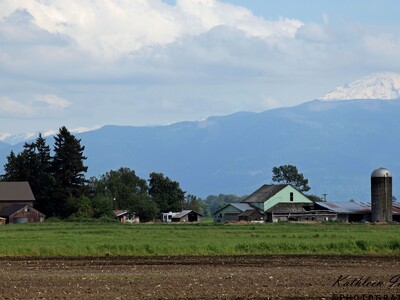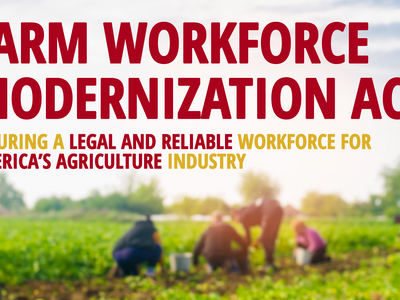Carbon sequestration
While some science suggests that regenerative ranching can result in climate change mitigation through carbon drawdown into soils, that is not usually the driving factor behind ranchers’ decision to adopt the practice, said the study’s lead author, Hannah Gosnell, an OSU geographer who studies the human dimensions of climate change.Understanding what motivates ranchers to adopt carbon-friendly practices will play an important role in efforts to expand the use of managed grazing systems to reduce climate change impacts, said Gosnell, a professor in Oregon State’s College of Earth, Ocean, and Atmospheric Sciences.
“What we found is that ranchers manage regeneratively for all these other benefits, and if there’s some measureable soil carbon sequestration and it contributes to climate change mitigation, then that’s icing on the cake,” she said.
The findings were just published in The Royal Society Interface Focus journal as part of a special issue on carbon dioxide removal. Co-authors are Susan Charnley of the U.S. Forest Service and Paige Stanley of the University of California, Berkeley.
More than a third of the Earth’s ice-free land surface is used for livestock grazing. Livestock production, while important to livelihoods across the world, is a significant source of greenhouse gas emissions, a key contributor to climate change, Gosnell said.
Regenerative ranching is drawing increased interest as a potential climate change solution. Previous studies have suggested that these practices boost soil carbon sequestration, a process by which carbon dioxide from the atmosphere is transferred into and stored in soil through vegetation, and increase resilience to drought, which help ranchers both mitigate and adapt to the effects of climate change, Gosnell said.
To better understand ranchers’ motivations and interest in regenerative agriculture practices, Gosnell interviewed ranchers in the United States and Australia about the perceived benefits and challenges of adopting the practices.
She and her colleagues found that the transition to regenerative ranching is often difficult because the practices require a thorough understanding of the fundamental ecosystem processes involved. They also found that offering incentives such as cash payments are not the most promising way to convince ranchers to make the switch, since the practice requires a paradigm shift in thinking along with a new set of practices.

















